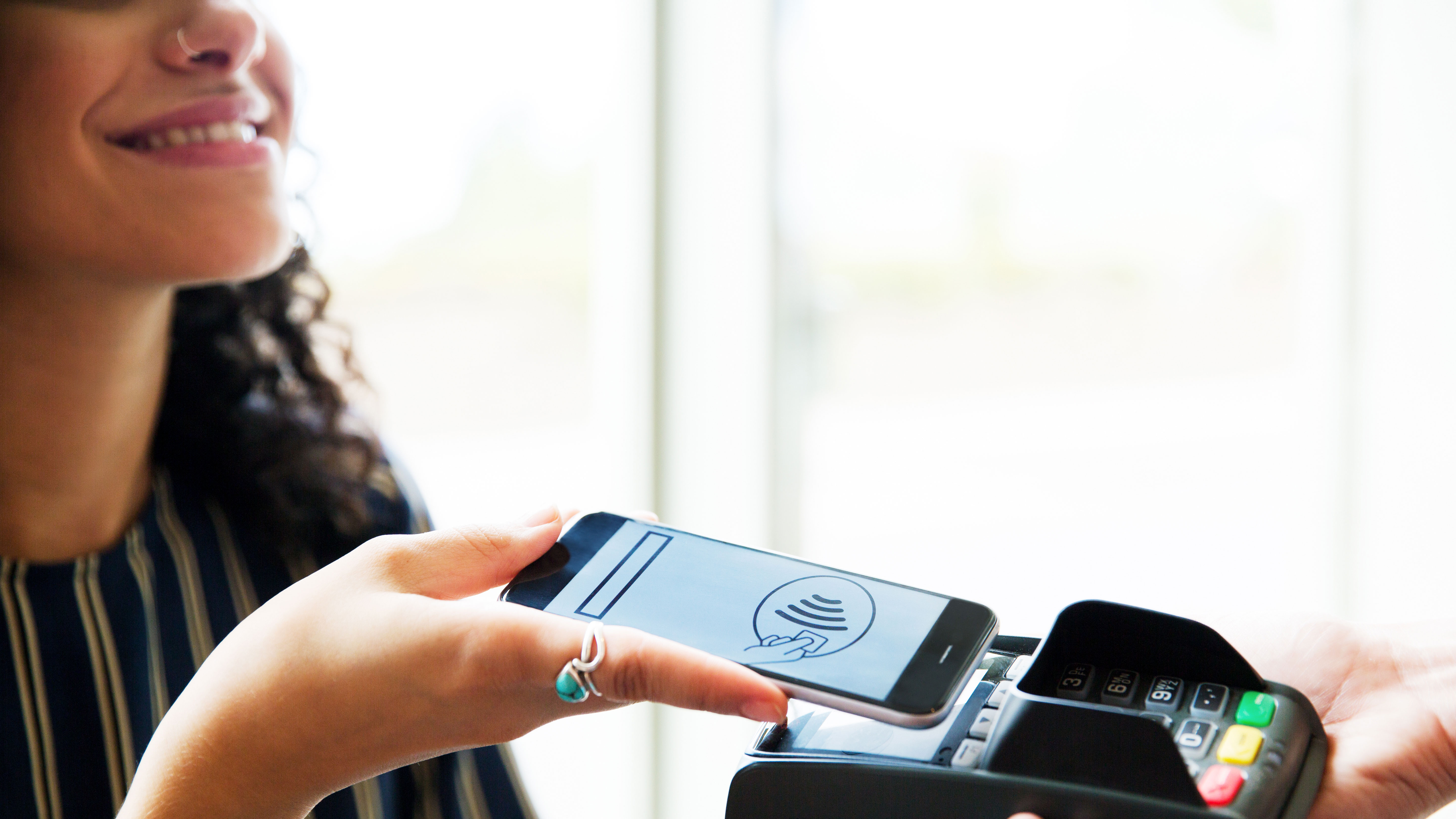Virtual Numbers Add Security to Credit Card Shopping
Some mobile wallets offer this feature, which randomly generates virtual digits that are linked to your credit card.


Protecting your credit card information from fraudsters is a job with many layers. It’s a good idea to check your credit report and bank statements frequently, and you can prevent someone from applying for credit in your name by freezing your credit records.
For extra protection, you may want to start disguising your actual credit card number with a virtual number—especially if you plan to do most of your shopping online this holiday season. Most Capital One and select Citi cards, as well as mobile wallets from Apple, Google and Samsung, offer this feature, which randomly generates virtual numbers that are linked to your credit card.
Capital One cardholders can protect online transactions by downloading and installing the browser extension Eno. When you are on a merchant’s checkout page, the extension pops up, you sign into your Capital One account, and Eno generates a merchant-specific virtual credit card number. (The numbers expire in five years.)
From just $107.88 $24.99 for Kiplinger Personal Finance
Become a smarter, better informed investor. Subscribe from just $107.88 $24.99, plus get up to 4 Special Issues

Sign up for Kiplinger’s Free Newsletters
Profit and prosper with the best of expert advice on investing, taxes, retirement, personal finance and more - straight to your e-mail.
Profit and prosper with the best of expert advice - straight to your e-mail.
Citi members must log in to their credit card account and opt in to use a virtual credit card number. An update rolling out by the end of this year will let users generate one virtual number for multiple merchants.
Mobile-wallet users have the advantage of being able to create virtual credit card numbers to use in-store as well as online. For example, Apple Pay stores a “token,” or a device-specific account number, that acts as a stand-in for your actual credit card number once you add the card to the mobile wallet. This token is encrypted and stored on the device. At checkout, Apple Pay will send the token information and a transaction-specific security code to the merchant, who relays it to the payment network, where it’s verified against the stored information. Google Pay and Samsung Pay work more or less the same way.
Keep in mind that because the merchant doesn’t have your actual card number, it’s important to keep a record of your receipt in case you need to make a return.
Profit and prosper with the best of Kiplinger's advice on investing, taxes, retirement, personal finance and much more. Delivered daily. Enter your email in the box and click Sign Me Up.

Rivan joined Kiplinger on Leap Day 2016 as a reporter for Kiplinger's Personal Finance magazine. A Michigan native, she graduated from the University of Michigan in 2014 and from there freelanced as a local copy editor and proofreader, and served as a research assistant to a local Detroit journalist. Her work has been featured in the Ann Arbor Observer and Sage Business Researcher. She is currently assistant editor, personal finance at The Washington Post.
-
 7 Creative Ways to Spend Less and Save More In Retirement
7 Creative Ways to Spend Less and Save More In RetirementWorried you won't have enough money later in life? Try redesigning your vision of retirement, and you may find your savings go further than you thought.
-
 How to Cover the Income Gap While Your Social Security Grows
How to Cover the Income Gap While Your Social Security GrowsTaking Social Security later results in higher future income, but that can create an income gap. Annuities can boost income until you file for benefits.
-
 Stocks Extend Losing Streak After Fed Minutes: Stock Market Today
Stocks Extend Losing Streak After Fed Minutes: Stock Market TodayThe Santa Claus Rally is officially at risk after the S&P 500's third straight loss.
-
 9 Types of Insurance You Probably Don't Need
9 Types of Insurance You Probably Don't NeedFinancial Planning If you're paying for these types of insurance, you may be wasting your money. Here's what you need to know.
-
 21 Last-Minute Gifts for Grandparents Day 2025 to Give Right Now
21 Last-Minute Gifts for Grandparents Day 2025 to Give Right NowHoliday Tips Last-minute gifting is never easy. But here are some ideas to celebrate Grandparents Day.
-
 When Tech is Too Much
When Tech is Too MuchOur Kiplinger Retirement Report editor, David Crook, sounds off on the everyday annoyances of technology.
-
 Texas Sales Tax-Free Weekend 2025
Texas Sales Tax-Free Weekend 2025Tax Holiday Here's what you needed to know about the Texas sales tax holiday.
-
 I Let AI Read Privacy Policies for Me. Here's What I Learned
I Let AI Read Privacy Policies for Me. Here's What I LearnedA reporter uses AI to review privacy policies, in an effort to better protect herself from fraud and scams.
-
 Alabama Tax-Free Weekend 2025
Alabama Tax-Free Weekend 2025Tax Holiday Here’s everything you need to know about the 2025 back-to-school Alabama sales tax holiday.
-
 Amazon Resale: Where Amazon Prime Returns Become Your Online Bargains
Amazon Resale: Where Amazon Prime Returns Become Your Online BargainsFeature Amazon Resale products may have some imperfections, but that often leads to wildly discounted prices.
-
 What Is AI? Artificial Intelligence 101
What Is AI? Artificial Intelligence 101Artificial intelligence has sparked huge excitement among investors and businesses, but what exactly does the term mean?